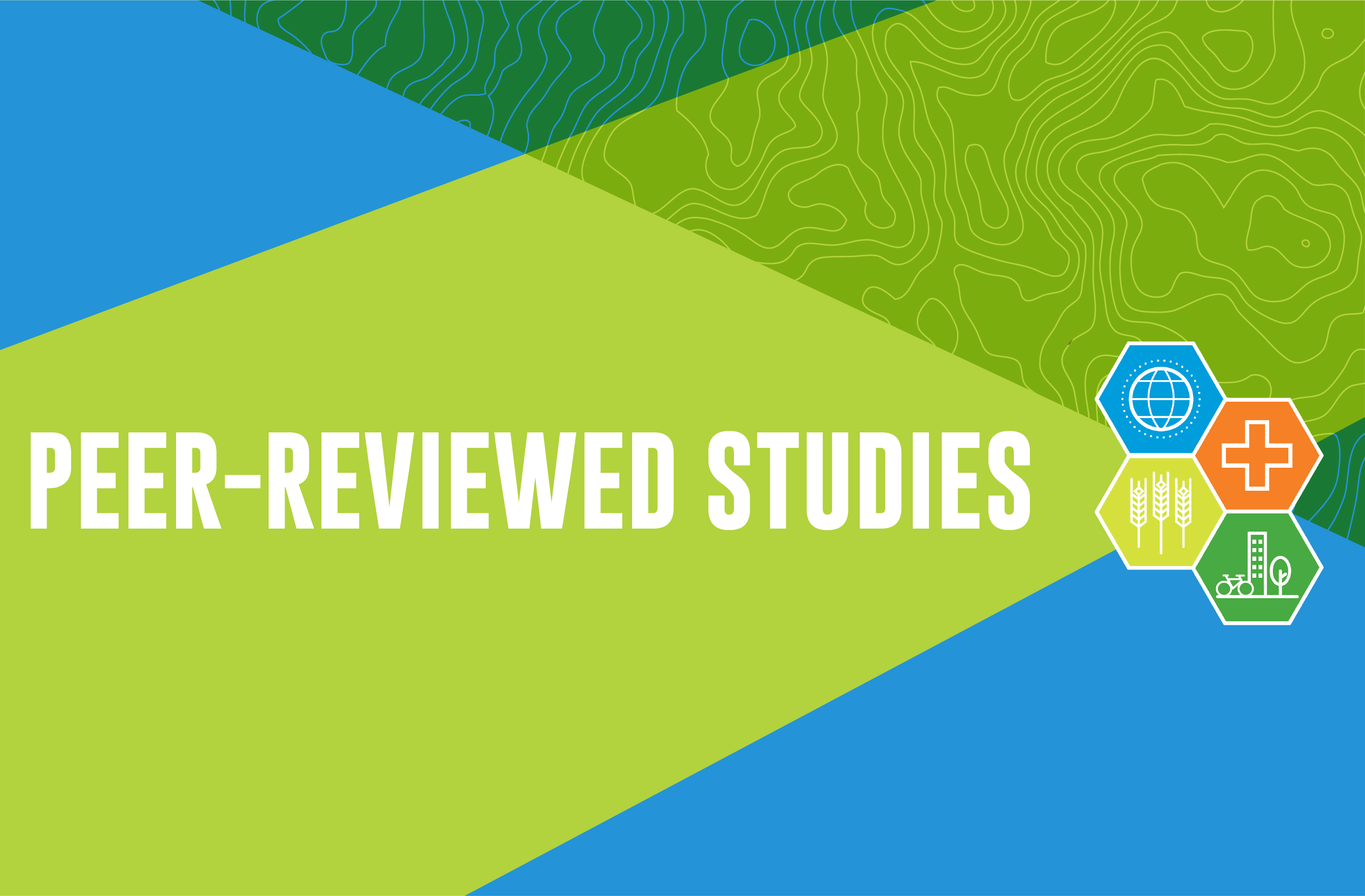Publication Date
7-1-2018
Abstract
Cultivating a more dynamic relationship between science and policy is essential for responding to complex social challenges such as sustainability. One approach to doing so is to “span the boundaries” between science and decision making and create a more comprehensive and inclusive knowledge exchange process. The exact definition and role of boundary spanning, however, can be nebulous. Indeed, boundary spanning often gets conflated and confused with other approaches to connecting science and policy, such as science communication, applied science, and advocacy, which can hinder progress in the field of boundary spanning. To help overcome this, in this perspective, we present the outcomes from a recent workshop of boundary-spanning practitioners gathered to (1) articulate a definition of what it means to work at this interface (“boundary spanning”) and the types of activities it encompasses; (2) present a value proposition of these efforts to build better relationships between science and policy; and (3) identify opportunities to more effectively mainstream boundary-spanning activities. Drawing on our collective experiences, we suggest that boundary spanning has the potential to increase the efficiency by which useful research is produced, foster the capacity to absorb new evidence and perspectives into sustainability decision-making, enhance research relevance for societal challenges, and open new policy windows. We provide examples from our work that illustrate this potential. By offering these propositions for the value of boundary spanning, we hope to encourage a more robust discussion of how to achieve evidence-informed decision-making for sustainability.
Creative Commons License

This work is licensed under a Creative Commons Attribution 4.0 International License.
Rights Information
© 2018, The Author(s).
Recommended Citation
Bednarek AT, Wyborn C, Cvitanovic C, Meyer R, Colvin RM, Addison PF, Close SL, Curran K, Farooque M, Goldman E, Hart D. Boundary spanning at the science–policy interface: the practitioners’ perspectives. Sustainability science. 2018 Jul 1;13(4):1175-83.
DOI
10.1007/s11625-018-0550-9
Link to Article at Publisher Website
Included in
Climate Commons, Community Health Commons, Human Ecology Commons, Nature and Society Relations Commons, Place and Environment Commons, Sustainability Commons


